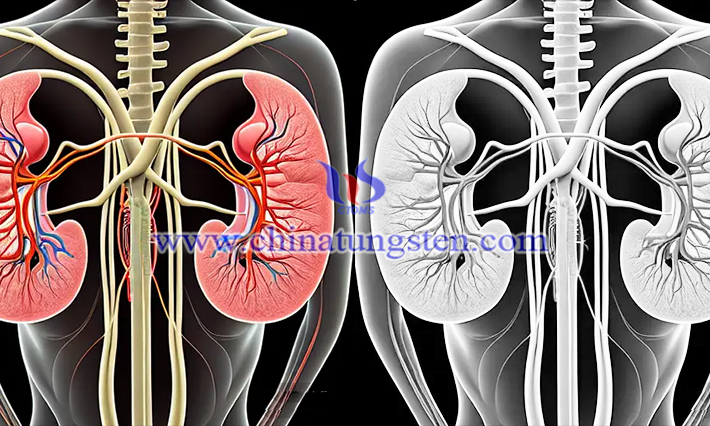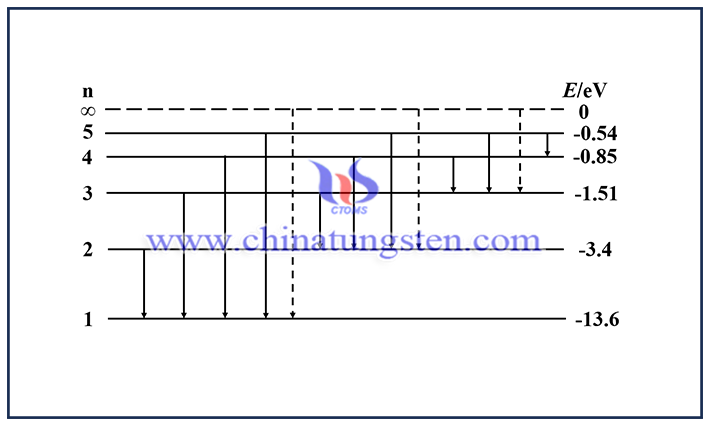Application of Tungsten Diiodide Clusters in Interventional Radiology
- Details
- Category: Tungsten Information
- Published on Sunday, 12 November 2023 14:35
Tungsten diiodide clusters can be used as X-ray contrast agents in interventional radiology. Tungsten diiodide cluster is a general term for a certain number of tungsten diiodide atoms or molecules, with a high degree of photoluminescence, this property makes it an excellent material for X-ray contrast agents.
The Principle of Tungsten Diiodide Clusters as X-ray Contrast Agents
In interventional radiology, an X-ray contrast agent is a substance used to enhance the contrast of X-ray images based on the relative scattering and absorption properties of X-rays. When passing through human tissues, different tissues and structures absorb and scatter X-rays to different degrees, resulting in low contrast of the image and difficult-to-observe fine structures. Therefore, X-ray contrast agents need to have a high X-ray absorption capacity, and substances containing high order number elements (such as iodine, and tungsten) are in line with this requirement, and their formation of tungsten diiodide clusters can show brighter features on the image, so that doctors can more easily detect and diagnose abnormal radiation diseases, such as blood vessel stenosis, tumors or stones.

Photoluminescence of Tungsten Diiodide Clusters
Tungsten diiodide clusters ([W6I8]4+) are microscopically sized groups of tungsten diiodide whose photoluminescence can be attributed to their own electronic structure. Pure tungsten or pure iodine do not exhibit obvious photoluminescence under conventional conditions, but when tungsten and iodine form tungsten diiodide clusters, they can exhibit different photophysical properties. This is due to the interaction between tungsten atoms and iodine atoms in the cluster, which leads to the adjustment of energy levels and the redistribution of electrons. When tungsten diiodide clusters are excited by radioactive light, the excited state electrons will transition from high energy levels to low energy levels, releasing photons and producing photoluminescence.

- Tungsten Oxide Manufacturer & Supplier, Chinatungsten Online: www.tungsten-oxide.com
- Tungsten News & Prices of China Tungsten Industry Association: www.ctia.com.cn
- Molybdenum News & Price: news.molybdenum.com.cn
- Tel.: 86 592 5129696; Fax: 86 592 5129797; Email: sales@chinatungsten.com



 sales@chinatungsten.com
sales@chinatungsten.com